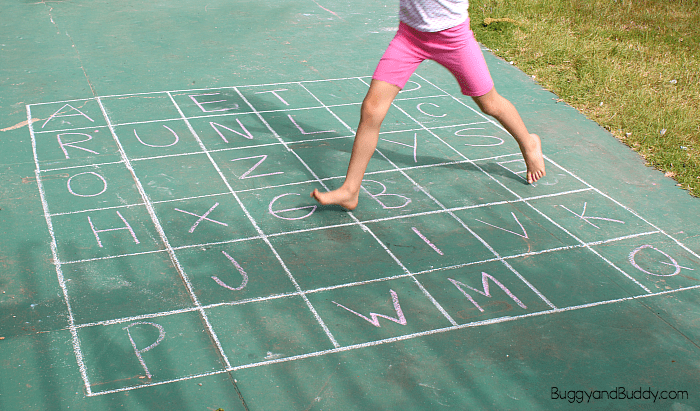Pupils Protest Over New Uniform Rule
On the 6th September, police were called to Priory School in Lewes, East Sussex, after around 150 parents and pupils protested against a new school-uniform rule.
What is the new rule?
The rule requires all students, whether they are girls or boys, to wear trousers. Skirts are not allowed. This had previously only applied to students who had joined the school since 2017, but now it applies to all pupils. In a statement, Priory School said any students who didn’t follow the new rule would be sent home and asked to change, before returning to school. One pupil, called Nina Cullen, wasn’t allowed into the building after she arrived wearing a skirt.
Why was the rule introduced?
Priory School said it introduced the rule in response to concerns that the girls’ skirts were too short. The school also said it was brought in to make the uniforms gender neutral, which means students wouldn’t be expected to wear a certain uniform based on whether they are boys or girls. A spokesperson for Priory School said that the new rule would also help students focus on their school work.
What are the arguments against it?
Some students say it is unfair on girls because they now have to buy new uniforms. Others argue that it is wasteful because pupils in their final year of school will have to buy a brand- new uniform, which they’ll only wear for a few months. It’s also been argued that the new uniforms aren’t actually gender neutral, because the school isn’t allowing boys to wear skirts. Libby Murray, a student at Priory School, told the BBC, “To make it gender neutral they have to let everyone wear skirts or trousers and have that choice”.
What has the response been?
Around 150 parents and students gathered outside the school gates with signs such as: “A new uniform for nine months Is not sustainable”. The police attended the protest, but no arrests were made. The Member of Parliament (MP) for Lewes, Maria Caulfield, tweeted that she was “very disturbed” to see girls turned away for choosing to wear a skirt.
From The Week Junior – 14th September 2019


![UK Number Plate [Rear] - Decals by Veurrulve | Community | Gran ...](https://s3.amazonaws.com/gt7sp-prod/decal/44/03/59/5980785878072590344_1.png)
